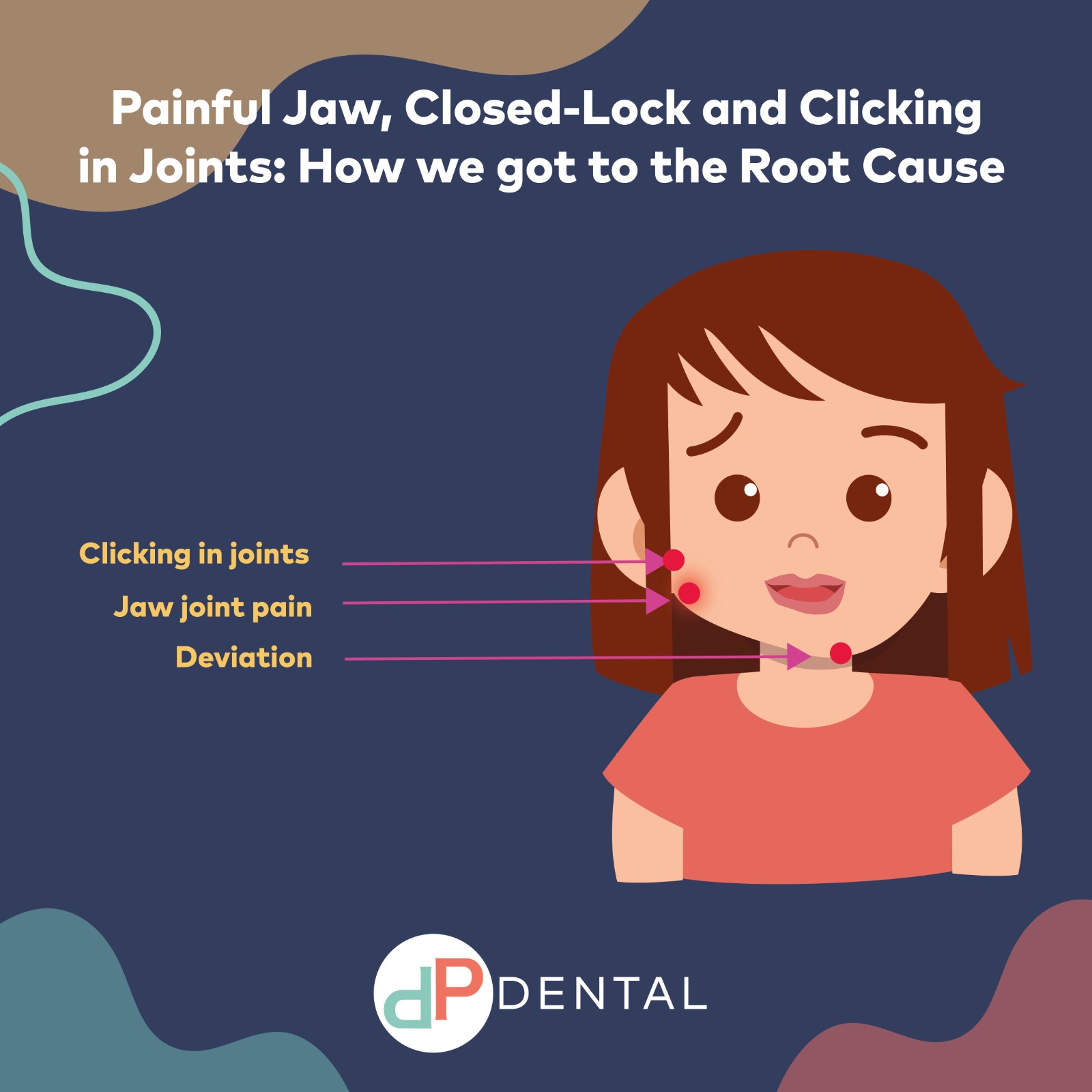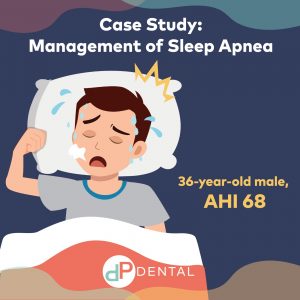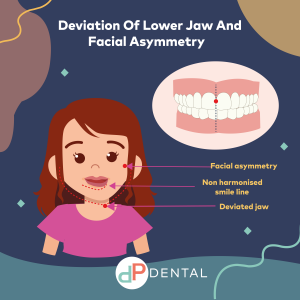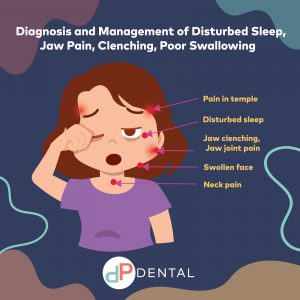Case History:
14-year-old Candice (not her real name) came to see us in 2014 complaining of jaw joint pain on her left side. Her mother had noticed that she had to “manipulate” her jaw while eating. Every time she opened and closed her mouth, there was clicking in the joints and a very noticeable deviation.
She had been suffering from pain for two years and had also experienced a “closed lock”, where the jaw gets “locked”, and it gets difficult to open the mouth.
Treatment Plan:
First, we checked how Candice’s jaw was moving and created a custom orthotic to help fix the issue.
This orthotic helped her jaw move better, but there were issues with her bite, so we used Invisalign clear aligners to fix her teeth alignment.
After some adjustments, her jaw was doing much better within six months.
But, there was still a problem at the back of her mouth – her teeth wouldn’t close properly. We tried various options but nothing worked. That’s when we noticed Candice had a habit of pushing her tongue to the side when she swallowed.
Getting to the Root Cause
We realised we had to fix the tongue problem to get everything right. We started habit correction using myofunctional therapy. We taught Candice how to swallow correctly and practised until the tongue habit was gone. There was still a little issue, so we did a simple procedure to free up her tongue more.
Eventually, when she opened and closed her jaw, there was no longer a deviation. Thus, we successfully managed this TMJ Disorder case using a combination of gneuromuscular dentistry, aligners (Invisalign) and myofunctional therapy.
If you experience similar symptoms, do give us a call at +65 6282 0122 or visit our website. Let our trained dentists help you resolve your TMJ disorder related problems.




